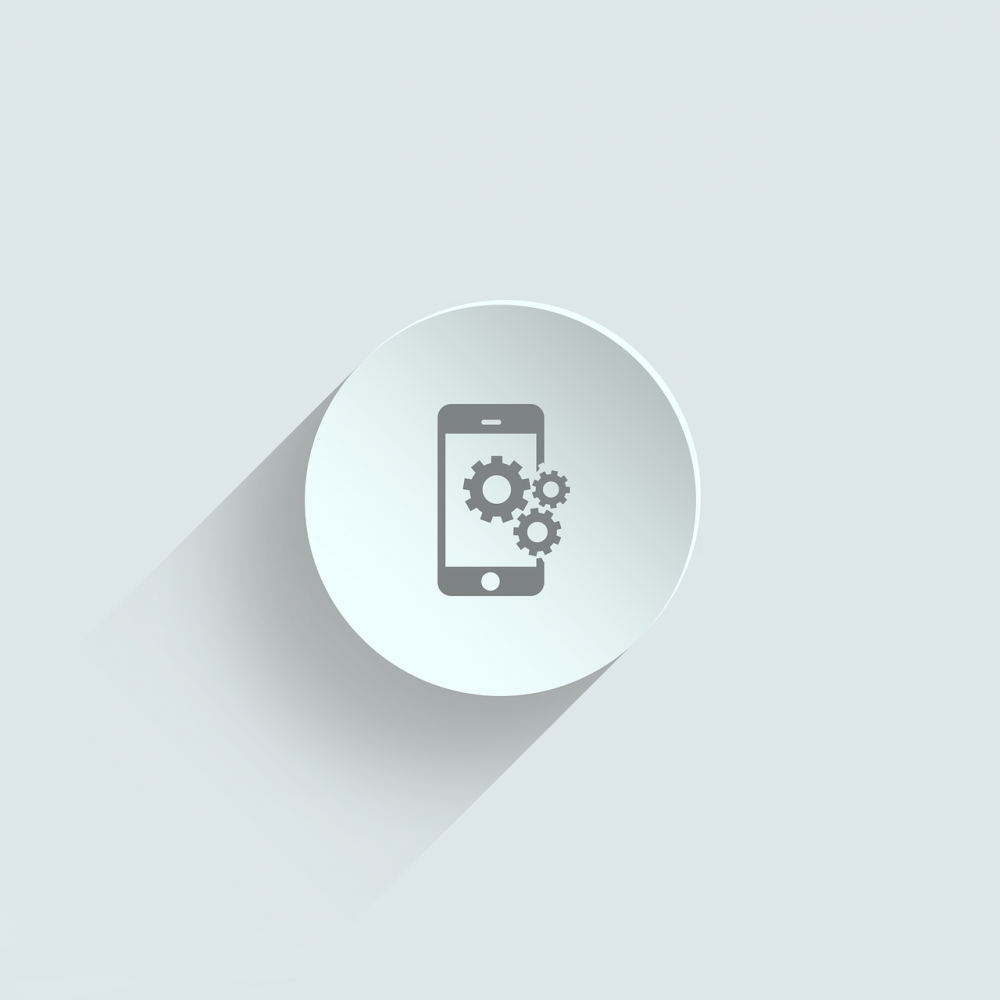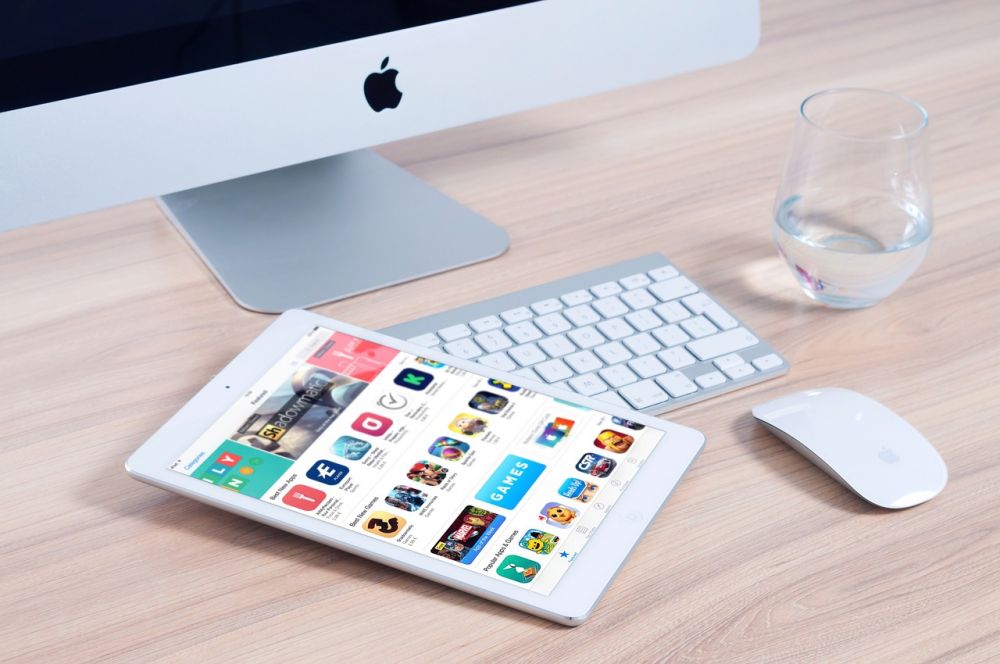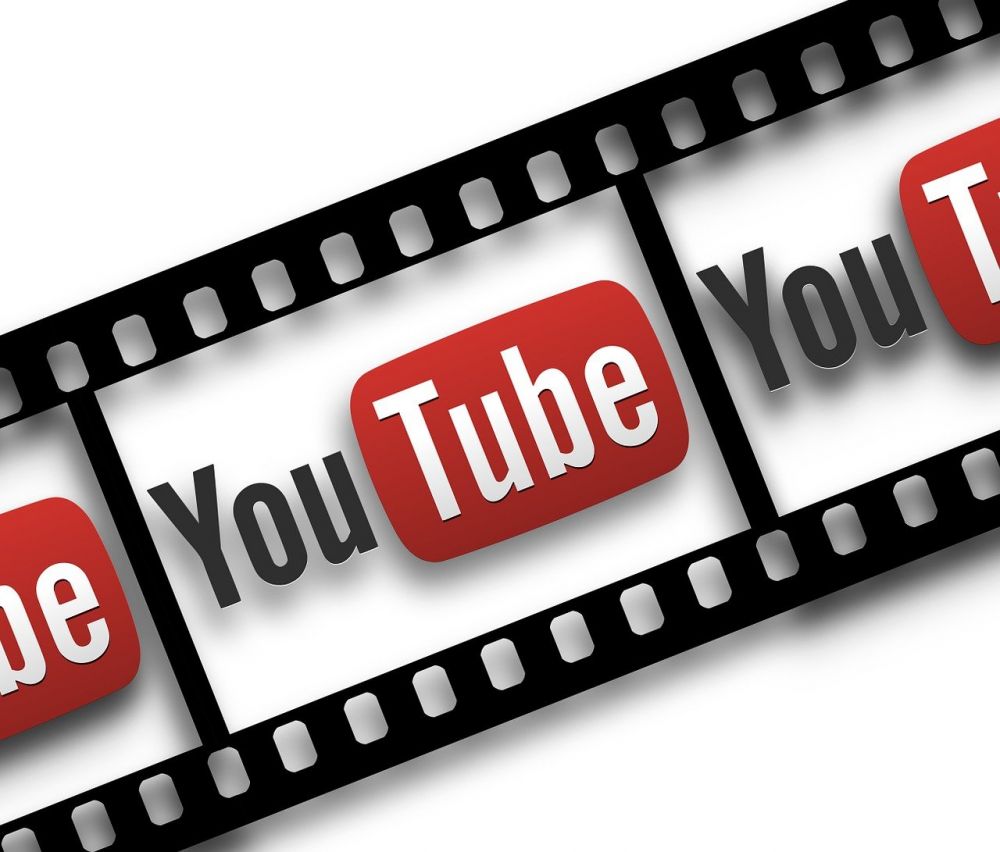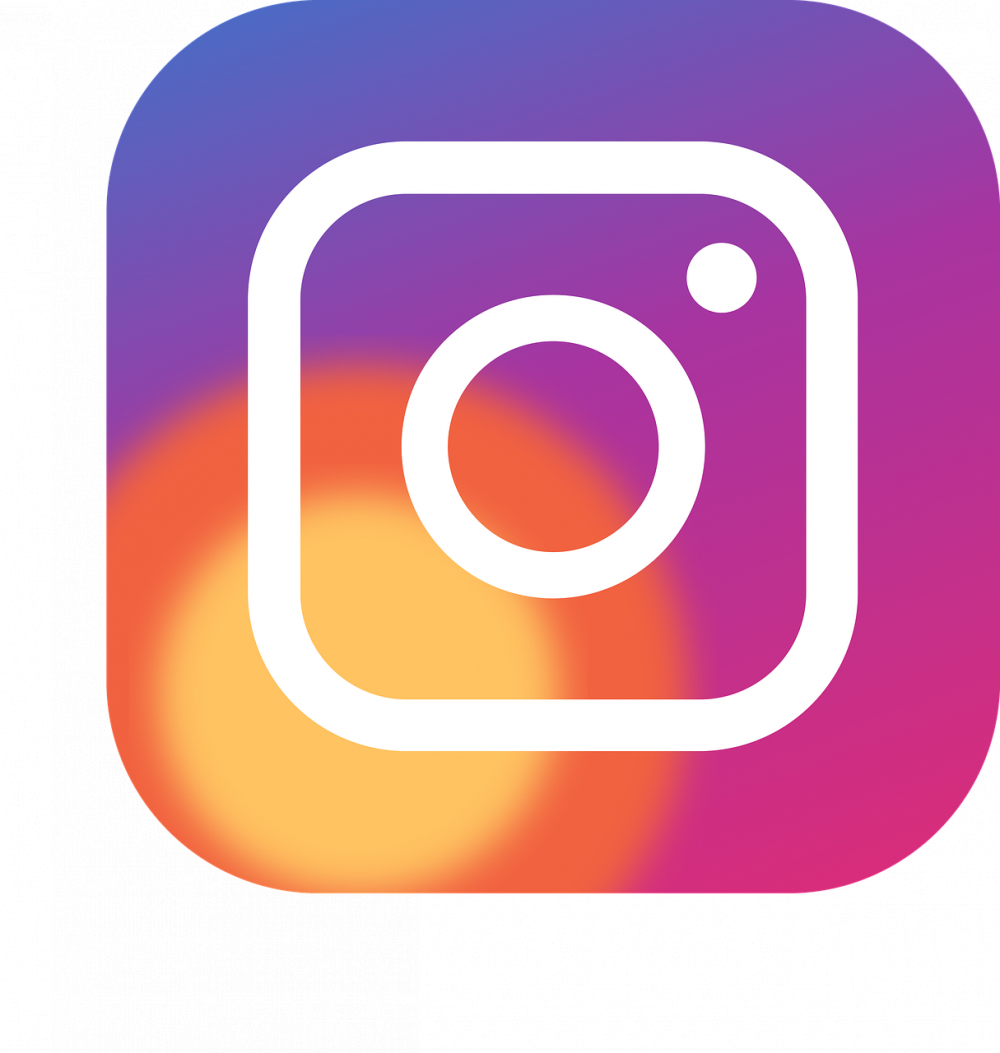Dating apps: A Comprehensive Guide for Tech Enthusiasts
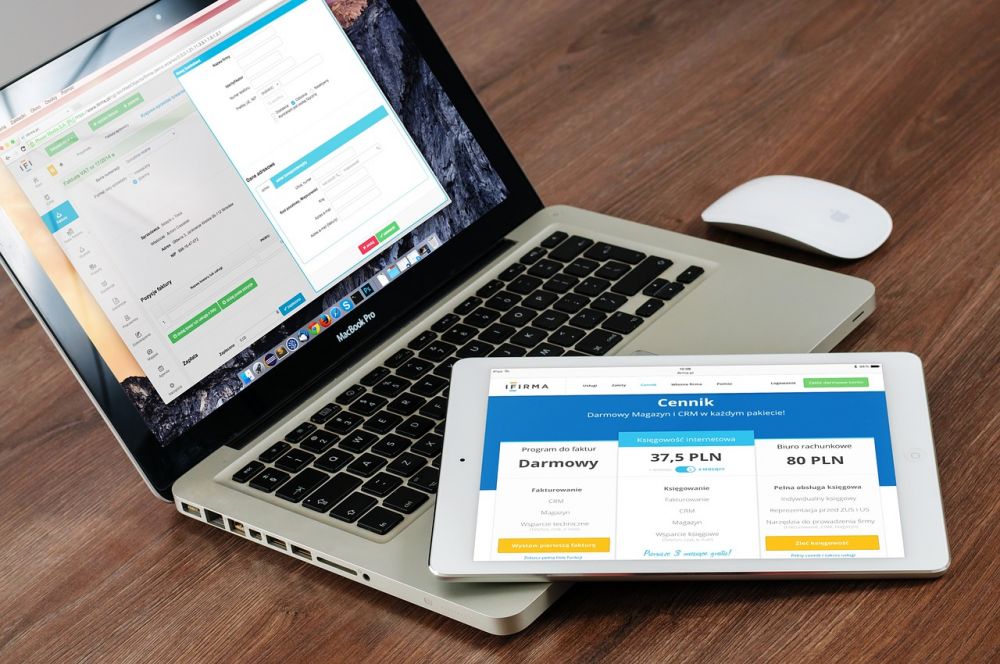
Introduction
Dating apps have revolutionized the way people meet and connect in today’s digital world. Whether you’re searching for love, companionship, or simply looking for someone to chat with, dating apps provide a convenient platform to find potential partners. In this comprehensive guide, we will explore the ins and outs of dating apps, providing essential information for anyone interested in this topic.
The Evolution of Dating Apps
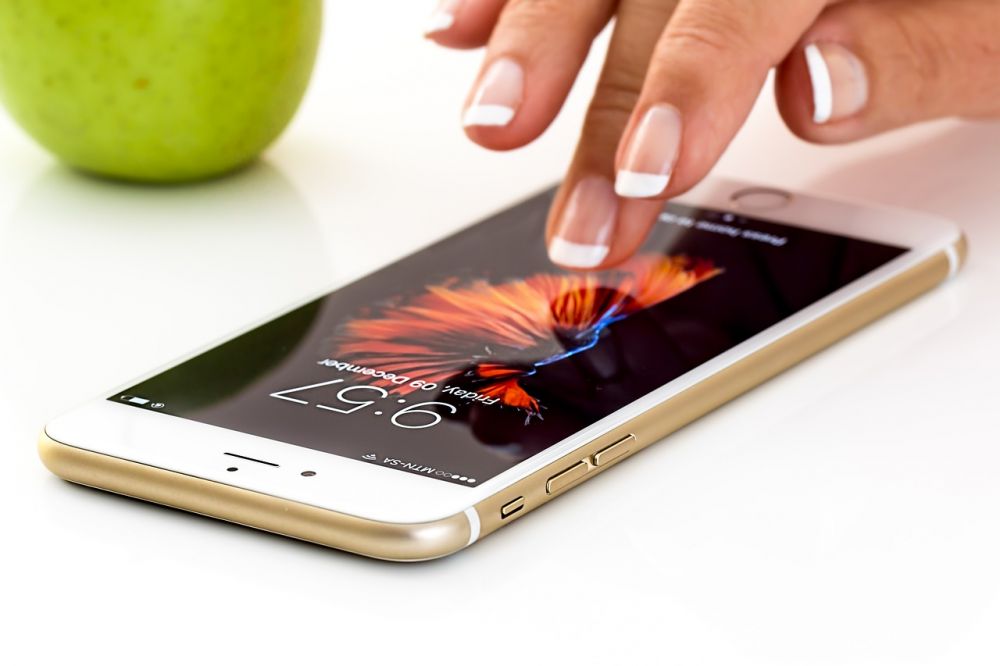
Dating apps have come a long way since their inception. Initially, online dating platforms emerged in the late 1990s, allowing users to create profiles and connect with others through websites. These early platforms lacked the convenience and mobility of dating apps today. However, they laid the foundation for what would evolve into the modern dating app.
In the early 2000s, with the rise of smartphones, dating apps began to take shape. The first notable app, Tinder, was launched in 2012 and quickly gained popularity worldwide. Tinder introduced the now-familiar “swipe” feature, where users could swipe left or right to indicate interest or disinterest in a potential match. This simple and intuitive interface revolutionized the way people interacted on dating apps.
As the popularity of dating apps grew, new players entered the market, each with their unique features and target audience. Bumble, for example, put women in control by allowing them to initiate the conversation. Grindr catered specifically to the LGBTQ+ community. These innovations expanded the possibilities and inclusivity of dating apps, making them accessible to a broader range of users.
In recent years, dating apps have incorporated advanced algorithms and machine learning to enhance user experiences. These algorithms analyze user data, including preferences, interests, and behavior patterns, to suggest highly compatible matches. This data-driven approach has significantly improved the success rate of finding meaningful connections.
The Features that Set Dating Apps Apart
Dating apps are characterized by several key features that differentiate them from traditional forms of dating:
1. User Profiles: Dating apps typically require users to create profiles that showcase their interests, preferences, and photos. These profiles serve as a virtual representation of oneself and help users make informed decisions about potential matches.
2. Matching Algorithm: Most dating apps employ a sophisticated matching algorithm that analyzes user data to suggest compatible matches. These algorithms consider factors such as location, age, interests, and mutual connections to maximize the likelihood of forming a meaningful connection.
3. Messaging and Communication: Dating apps provide various ways for users to communicate and interact with potential matches. From simple messaging to voice and video calls, these platforms facilitate communication and help users forge deeper connections.
4. Geolocation: Many dating apps leverage the power of geolocation, allowing users to find potential partners in their vicinity. This feature enables real-time connections and facilitates in-person meetups.
5. Safety and Privacy: A crucial aspect of dating apps is ensuring user safety and privacy. These platforms implement measures such as profile verification, reporting mechanisms, and end-to-end encryption to protect user data and prevent fraudulent activity.
Best Practices for Using Dating Apps
While dating apps offer exciting opportunities to meet new people, it’s essential to navigate them wisely. Here are some best practices to keep in mind:
1. Be Genuine: Present yourself authentically on dating apps. Honesty and genuineness go a long way in building trust and attracting the right matches.
2. Protect Your Privacy: Be mindful of the information you share on dating apps. Avoid disclosing personal details such as your address, workplace, or financial information.
3. Set Realistic Expectations: Understand that not every match will lead to a long-term relationship. Embrace the journey and be open to various experiences.
4. Engage in Conversation: Initiate meaningful conversations with your matches. Ask questions, show interest, and actively listen to foster deeper connections.
5. Meet in a Safe Environment: When meeting someone for the first time, choose a public place and inform a friend or family member about your plans. Trust your instincts and prioritize your safety.
Conclusion
Dating apps have revolutionized the dating landscape, ushering in a new era of digital matchmaking. From their humble beginnings to the advanced algorithms and features of today, these apps have transformed the way we meet and connect with potential partners. Embracing the convenience and opportunities offered by dating apps can lead to exciting experiences and meaningful connections. So, why not give it a try and dive into the world of dating apps today?
